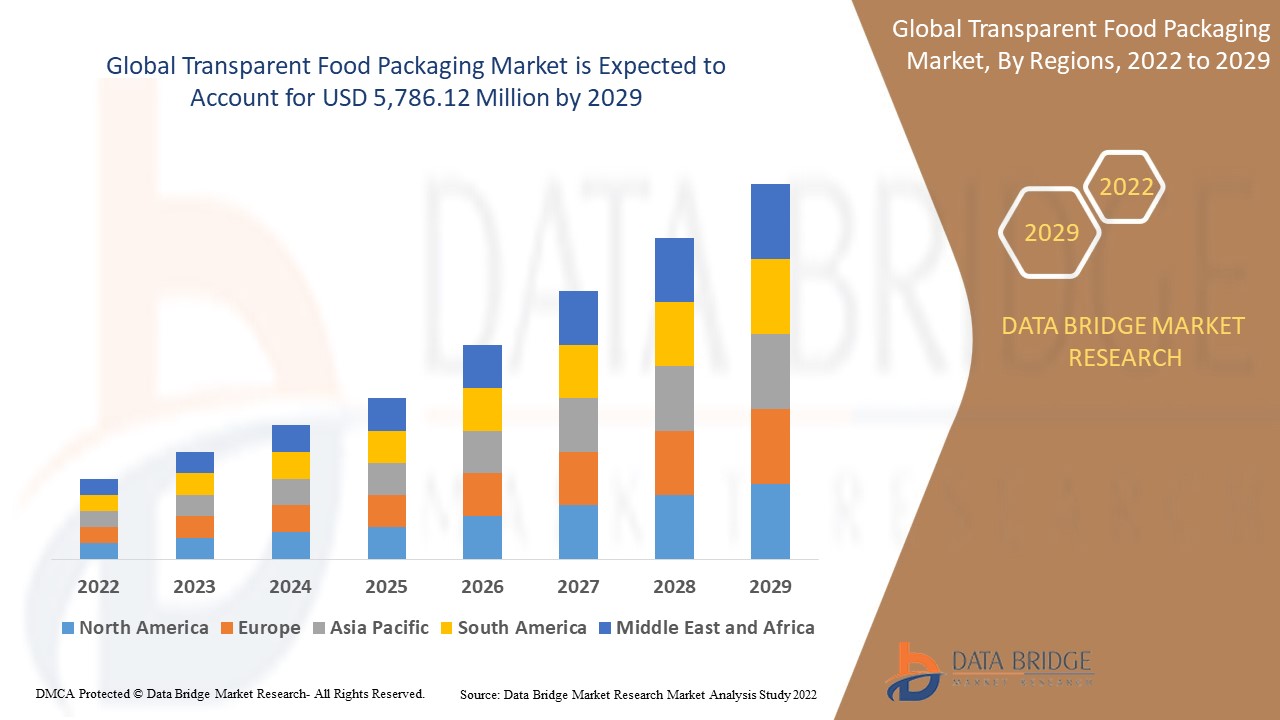Use Data-Driven Marketing to Maximize B2B ROI in 2025
By understanding the full journey, marketing leaders can double down on the highest-yielding tactics and cut wasteful spending. This precise budget allocation is one of the fastest paths to enhancing B2B Marketing ROI.

In 2025, marketing decisions must be made based on datanot guesswork. The era of gut-feeling campaigns is long gone. With access to more behavioral and transactional insights than ever before, marketers who embrace data-driven strategies see significantly higher B2B Marketing ROI.
Smart data utilization is no longer optional; its essential for success. The companies winning in the B2B space are those who can transform raw information into actionable strategy at speed and scale. Here's how a data-first mindset is becoming the foundation for ROI optimization in the year ahead.
Collect the Right Data at Every Touchpoint
Everything starts with data collection. Many B2B companies already use CRMs, marketing automation platforms, and web analytics tools. But in 2025, ROI depends on gathering deeper, more granular data at every point of interactionemails opened, webinars attended, website heatmaps, demo engagement, and more.
Effective data capture helps marketers understand not just what prospects do, but why they do it. This behavioral context is key to crafting messaging that resonates, nurtures leads effectively, and enhances B2B Marketing ROI.
Centralize and Unify Your Data
Fragmented data leads to fragmented decisions. One of the biggest roadblocks to maximizing B2B Marketing ROI is working from siloed or disconnected datasets across teams and platforms. When sales, marketing, and customer service each have their own versions of customer data, it becomes impossible to build a coherent strategy.
In 2025, successful marketers are investing in Customer Data Platforms (CDPs) that consolidate all first-party data into a single source of truth. This unification allows for precise segmentation, predictive modeling, and more relevant communications at scale.
Turn Analytics into Insights
Having data isnt enoughits what you do with it that counts. Advanced analytics tools help marketers identify patterns, measure attribution across channels, and predict future behavior. These insights drive better campaign planning, sharper targeting, and faster optimization.
Dashboards that track conversion rates, customer lifetime value, and campaign performance allow teams to tie their work directly to revenue. By continuously analyzing and acting on this data, companies can significantly improve B2B Marketing ROI quarter over quarter.
Leverage Predictive Modeling
One of the most powerful applications of data in 2025 is predictive modeling. AI-powered systems can now analyze historical trends and intent signals to forecast which leads are most likely to convert, churn, or increase spending.
This enables marketing teams to focus their efforts and budget on high-probability opportunities. As a result, conversion rates go up, acquisition costs go down, and B2B Marketing ROI sees measurable gains.
Segment and Personalize Using Behavioral Data
Segmentation is no longer just about job title or industry. In 2025, data-driven marketers segment based on behavior, content preferences, channel engagement, and stage in the buyer journey.
With this depth of insight, personalization becomes far more effective. Rather than sending blanket email campaigns or general ads, marketers can craft highly relevant content streams for each micro-segment. This strategic targeting leads to stronger engagement and higher B2B Marketing ROI.
Implement Real-Time Campaign Optimization
In traditional campaigns, marketers would wait until the end to evaluate performance. In 2025, waiting costs you ROI. Real-time data allows teams to tweak live campaigns based on actual results.
If an ad underperforms, creative and targeting can be updated mid-flight. If a landing page isnt converting, A/B tests can be run and optimized instantly. This agile marketing model ensures that budget is constantly being reallocated to the highest-performing channels to boost B2B Marketing ROI.
Use Attribution Models to Understand Impact
Knowing which channels are driving conversions is critical to improving ROI. In 2025, multi-touch attribution is the norm. Sophisticated attribution models assign value to each interaction a prospect has with your brandemail, social, webinars, organic search, paid adsand connect it to revenue outcomes.
By understanding the full journey, marketing leaders can double down on the highest-yielding tactics and cut wasteful spending. This precise budget allocation is one of the fastest paths to enhancing B2B Marketing ROI.
Monitor Lead Quality and Velocity
Not all leads are equal, and high lead volume doesn't always equate to success. Data-driven marketers are closely tracking metrics like lead quality, conversion velocity, and sales cycle length.
This data helps refine targeting strategies, lead scoring systems, and nurture flows. As lead quality improves and conversions happen faster, B2B Marketing ROI naturally rises. These indicators offer a clearer picture of how marketing contributes to revenue beyond vanity metrics.
Use Account-Based Insights for Strategic Planning
In 2025, account-based strategies have matured thanks to deep analytics. ABM platforms now offer robust data on account engagement, firmographics, technographics, and purchase intent.
This data allows marketing teams to prioritize high-value accounts and personalize campaigns with surgical precision. By focusing resources on the best-fit accounts, companies maximize results with minimal waste, leading to an exponential lift in B2B Marketing ROI.
Align Data Across Marketing and Sales
Data doesnt live solely in the marketing department. In high-performing organizations, marketing and sales teams share dashboards, KPIs, and insights. This alignment ensures both departments are working toward the same revenue goals and not duplicating efforts.
In 2025, this cross-functional approach is vital to maximizing B2B Marketing ROI. When both teams are informed by the same data, leads are nurtured more effectively, handoffs are smoother, and revenue outcomes are more predictable.
























